Frigidaire 30 in. 5.6 cu. ft. Front Control Gas Range with Air Fry in Smudge-Proof Stainless Steel
The first range with Air Fry right in the oven. Faster, more even baking with True Convection. 30-min chemical free fast steam, and one-touch self clean options.
The first range on the market to include Air Fry right in the oven. Air Fry allows you to make healthier and delicious meals with the touch of a button. Get faster, more even baking with True Convection. The Frigidaire Gallery range also provides a built-in look without the remodel, and can replace your existing 30″ freestanding range backed by the Frigidaire Fit Promise.
- Make healthier and delicious meals with Air Fry – Deliver all of the flavor and none of the guilt. Air Fry allows you to make healthier and delicious meals for the entire family right in your oven. The first range on the market to include Air Fry
- Flexible 5 Burner Cooktop – Get the ultimate cooking flexibility. Cooktop features an 18,000 BTU power burner for faster boiling, a 5,000 BTU simmer burner for delicate foods and sauces and a 10,000 BTU oval burner, perfect for your griddle
- Fast Steam Cleaning Option – A 30-minute light oven cleaning that’s chemical-free, odor-free, and fast
- Griddle Pan Included – Immediately begin making your familys favorite meals, like pancakes or quesadillas, on the center oval burner because the griddle pan comes included with the range
- Continuous Corner-to-Corner Grates – Continuous Grates make it easy to move heavy pots and pans across burners without lifting
- Quick Preheat – Start baking in just a few minutes with Quick Preheat (Based on single rack cooking performance, not set temperature, using Quick Preheat.)
- Faster, more even baking results with True Convection – Get faster, more even multi-rack baking with a powerful convection fan and third heating element that evenly circulates hot air throughout the oven
- Quick Boil Burner – Get meals on the table faster with our powerful 18,000 BTU burner
- Keep your cooktop looking beautiful – Our gas burners are now easier to remove and clean
- Frigidaire Fit Promise – We promise that your new 30 in. Frigidaire Gallery front control range will fit your existing range cutout, or we will reimburse up to one hundred dollars for professionally modifying the countertop. (Via mail-in rebate. See https://www.Frigidaire.com/FitPromise for additional information)
- Upgrade your Kitchen with a Built-in Look – Get the look of a built-in range, without the remodel. This Front Control Range easily fits the space of your existing 30 in. range
- Smudge-Proof Stainless Steel – Resists fingerprints and cleans easily
- Optional ReadyCook Air Fry Tray – Allows you to achieve perfectly crispy and delicious Air Fry results, faster than nonstick bakeware. Air Fry Tray is not required to use Air Fry and is not included with purchase. Search AIRFRYTRAY to purchase separately
- ADA Compliant
- Star-K Certified (Sabbath Mode)
- Installation is not available in all locations; see store for details
Additional information
| Depth With Door(s) Open 90 Degrees (In.) | 47 |
|---|---|
| Product Depth x Height x Width (in.) | 26.75 x 47 x 29.88 |
| Range Size | 30 in. |
| Certifications and Listings | ADA Compliant,Star-K |
| Manufacturer Warranty | 1 YEAR LIMITED |

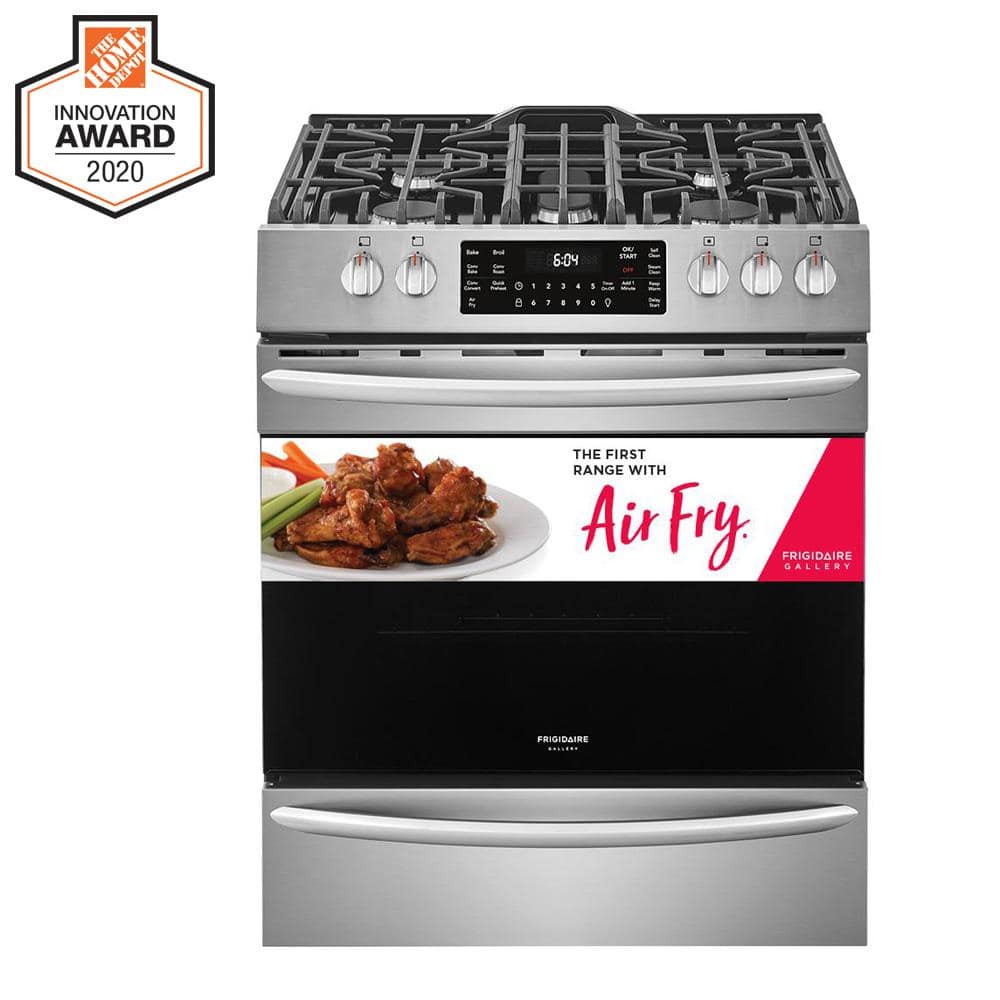
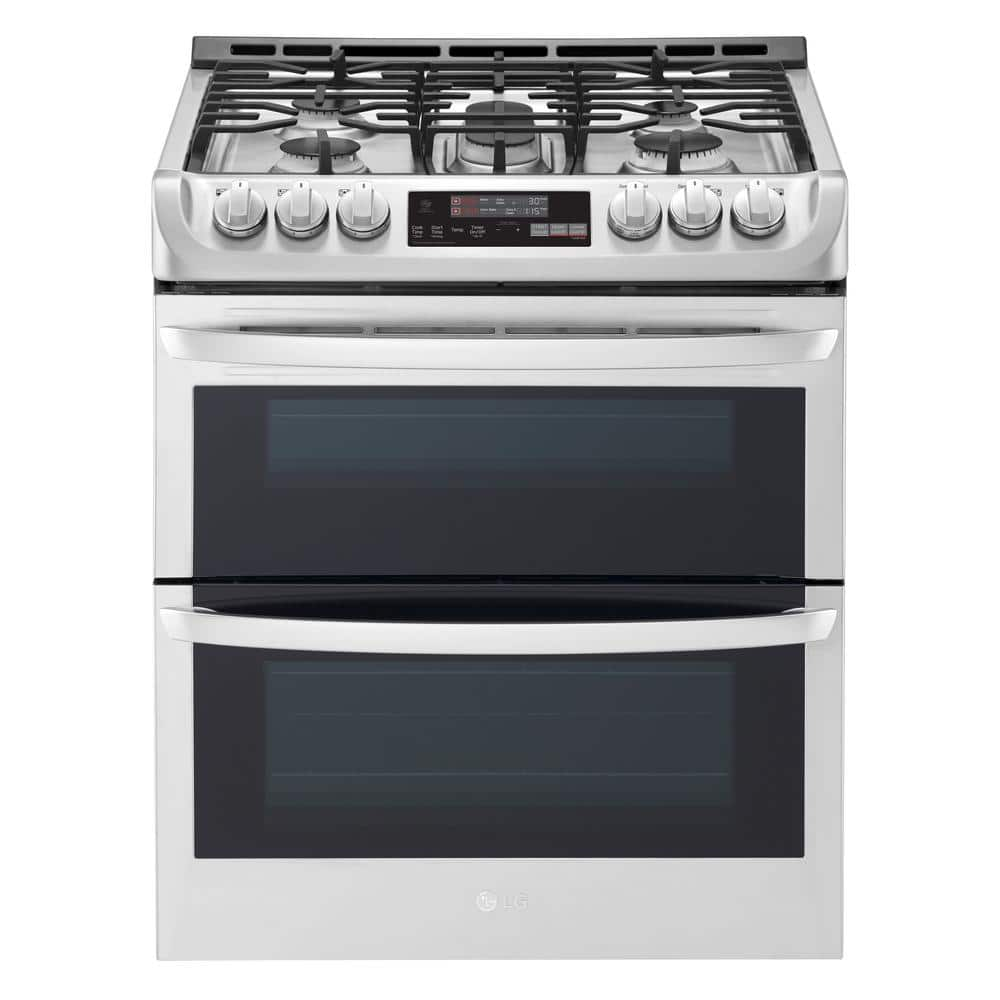
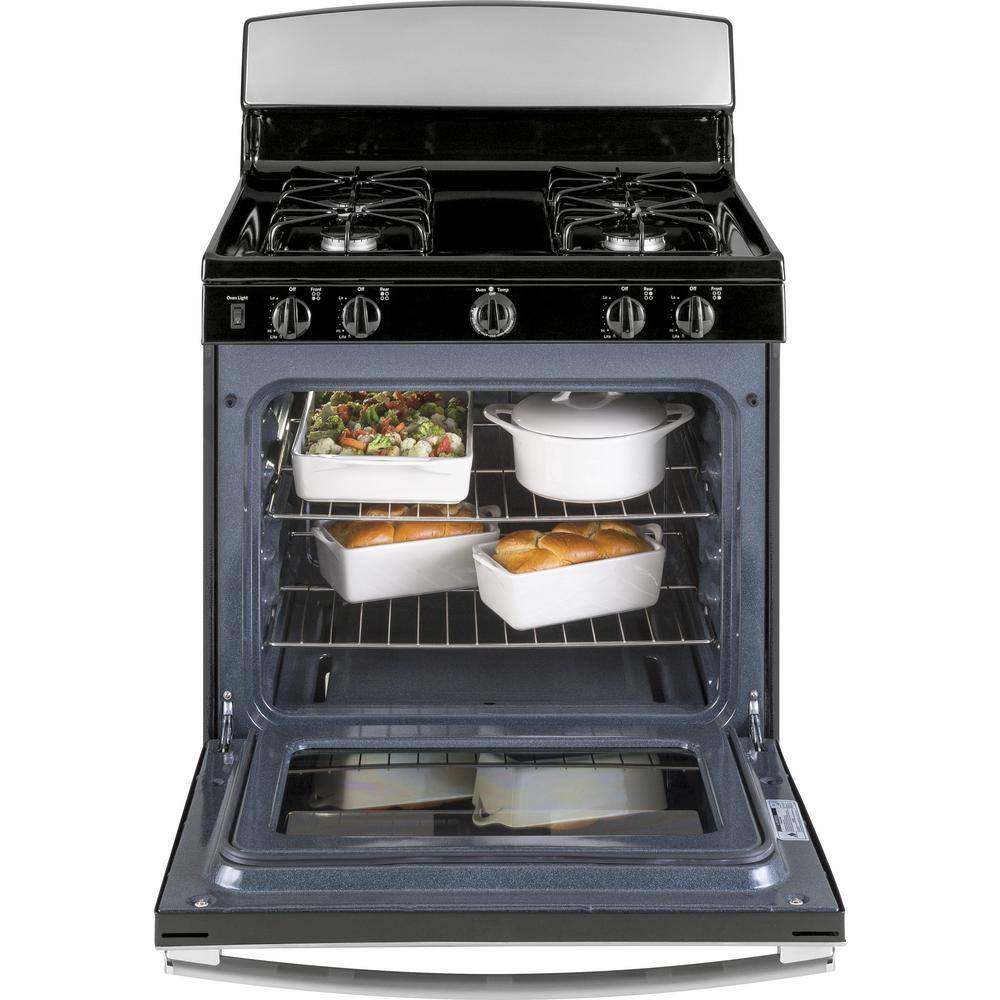
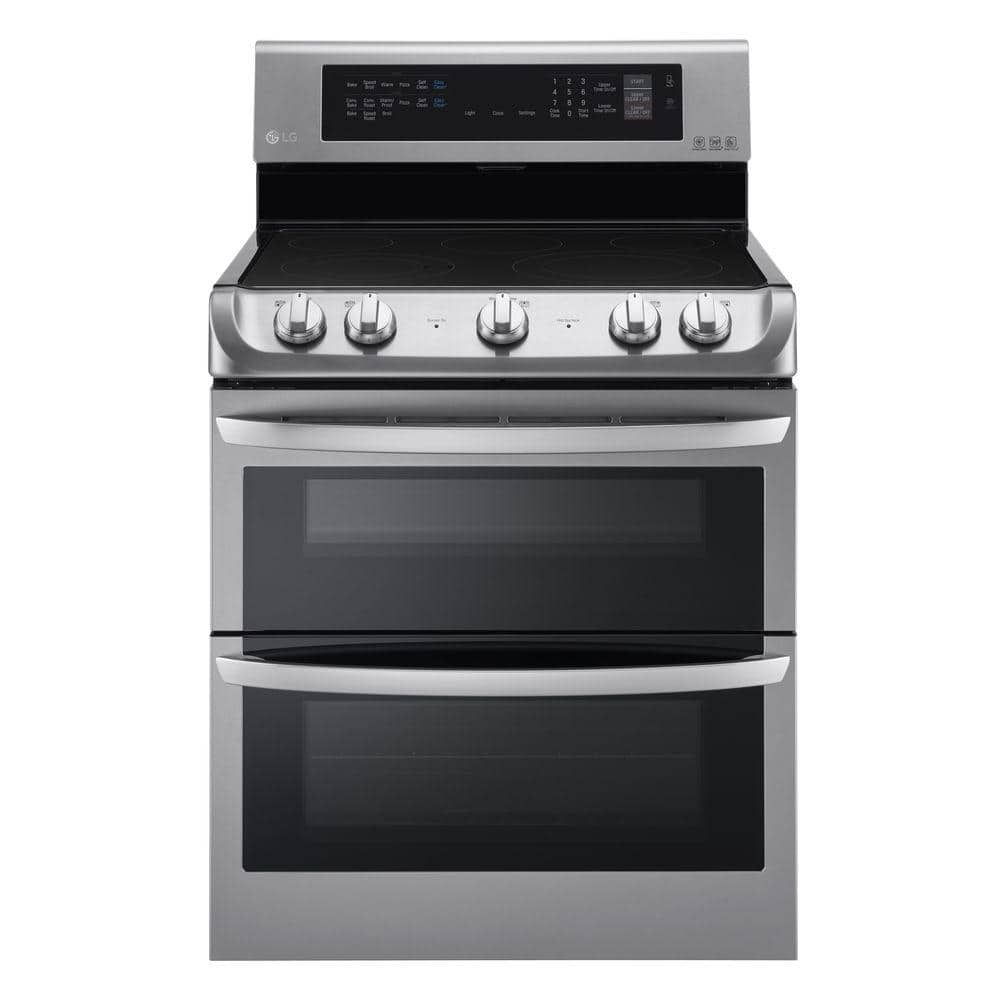
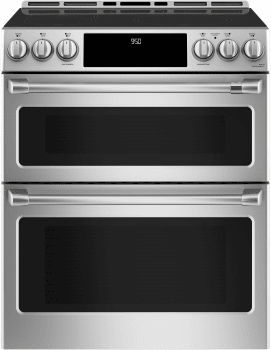
by Mike
We remodeled our entire kitchen and everyone says oh you went fancy with the Frigidaire Gallery and then I tell them it’s also the first of its kind with an air frye and their interest is peaked! It cooks so well and even in the oven and the features are really awesome! People rave how gorgeous it is. We love how it cam convert to convection from regular oven bake! Best ever!!!
by Mezu
Air Fry feature is just tooo smoky no matter what i try to limit it. The oven will not stop after it is turned off, it needs to have the oven door open for about 1 min and then it will turn off completely. The bottom drower is a little bit larger than the oven door above it.
by Louis
I received my gas stove two weeks ago so far I love it.
by Lora
We have had our new range for less than a month but we do like it….have not tried the air fryer yet but looking forward to it.
by Henderson
This stove can do it all! Love the sleek design and inclusive features: Regular, Convection, Air Fry – Self Clean & Steam Clean!
by Sharon
Bought the Appliances in Black Stainless and Love Them!
by Drew
I purchased this about a month ago and I’m really satisfied with my purchase. Love the middle eye and having the controls in front vs. the back. Can’t wait to use all its features!